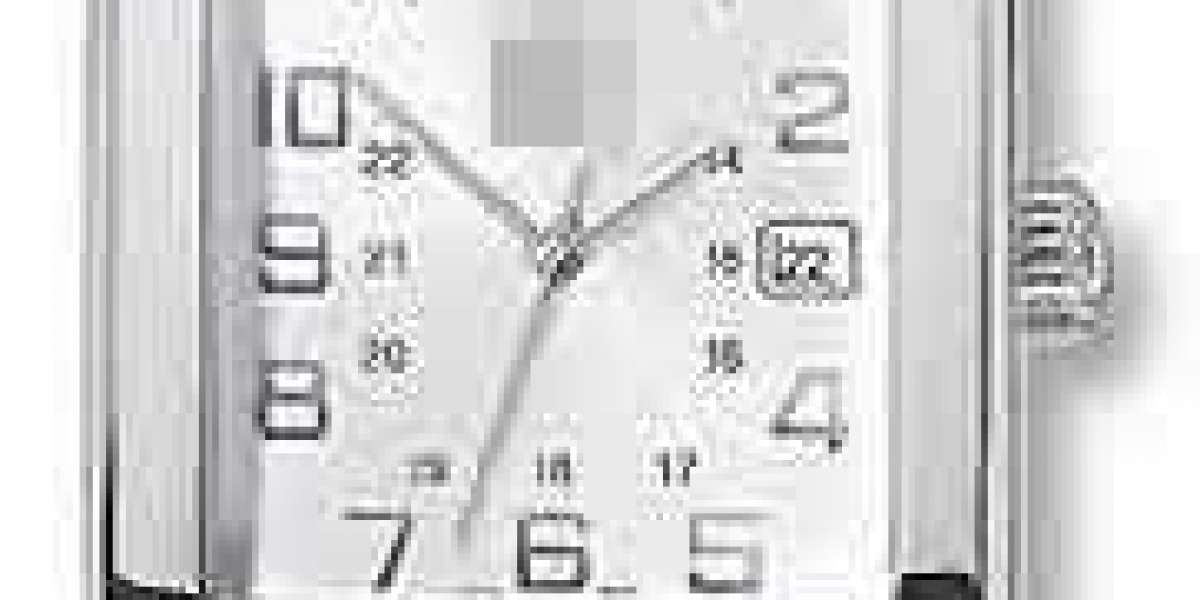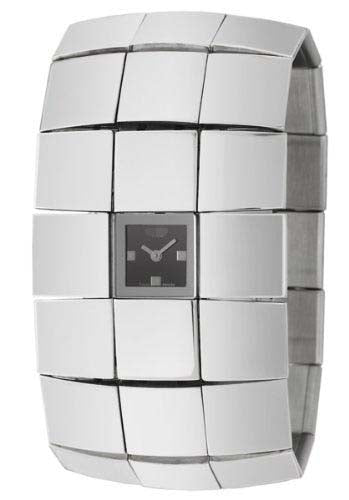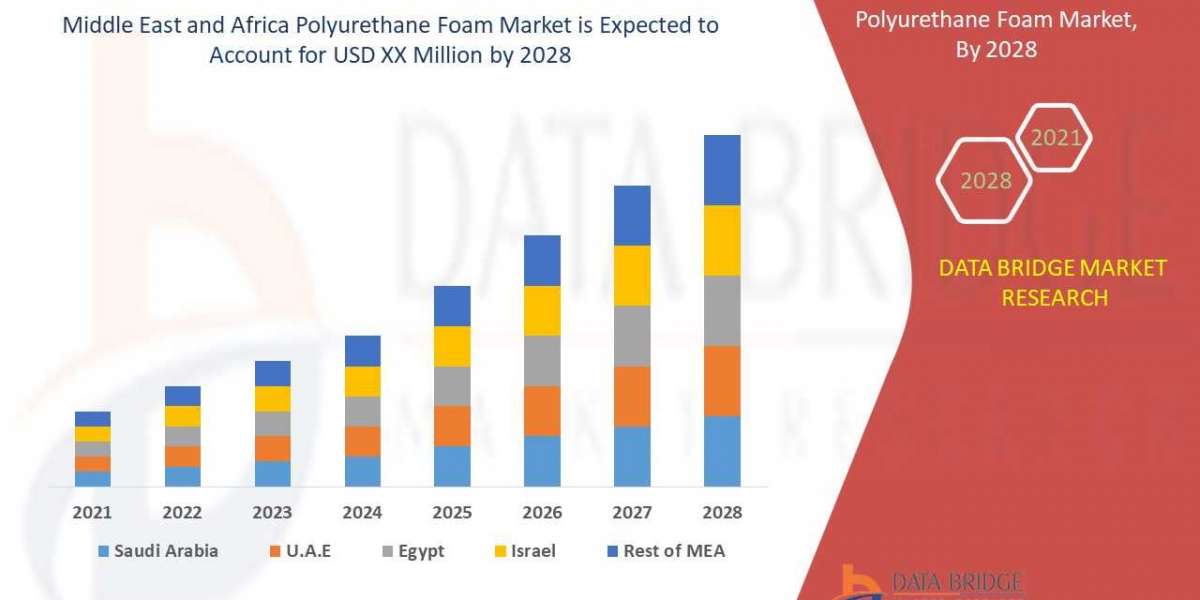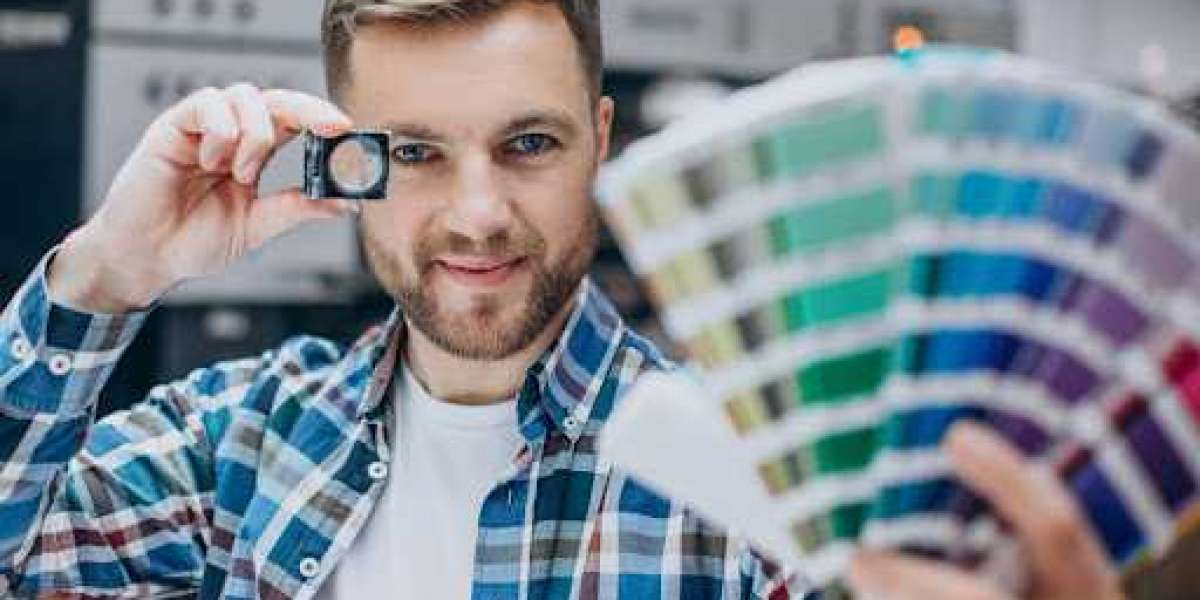The glass for watches is a fundamental part of a watch, to which we do not usually give importance. We usually focus on the machinery, the design of the dial or the material of the strap, however, a crystal to match is necessary for a luxury watch to remain as new for decades.
As you know, traditional glass can suffer all kinds of damage, from scratches to complete breakage if, for example, it suffers a forceful blow, the watch industry has developed solutions to protect the dial with increasingly solid and safe materials.
This week we take a look at what watch crystal looks like, from traditional solutions to new materials being developed by the Watch Manufacturing Industry.
What is the function of crystal for watches
Watch crystal has two main functions:
Protect the face and the visible part of the watch, for example, the hands and the outside of the dial. Improve the visibility of the sphere, even in extremely adverse conditions. A watch crystal can be made from different materials, it can come in different shapes and sizes, but all of them must be strong enough to protect the dial and improve visibility.
Sapphire crystal for luxury watches
Sapphire crystal is the most used for luxury watches, in fact almost 100% of high-end watches have a crystal made of this mineral.
What we call sapphire crystal is actually a synthetic crystal with the same chemical composition as natural sapphire, thus achieving the same hardness (sapphire is the second hardest mineral after diamond).
Another characteristic of this glass is its high colorless transparency.
Its strength and intense transparency mean that synthetic sapphire has been used in the jewelry industry, mobile phones and, for decades, luxury watchmaking.
The history of the sapphire crystal
This material has a complex history that we are going to summarize in its main milestones.
Its origin dates back to 1902, when a French chemist, Auguste Verneuil, developed a process to produce synthetic crystals using alumina, aluminum oxide.
From its origin, chemists realized that this product could be manufactured in such a way that it would have the same characteristics as sapphires, but eliminating the impurities that naturally extracted stones usually have.
In 1916 the Polish scientist Jan Czochralski develops a new process, which improves the resistance of the natural sapphire created by Verneuil. Currently the process has been improved. Today, more than 250 tons of this extremely resistant material are manufactured each year, used for all kinds of purposes.
It is proven that sapphire crystal guarantees the highest level of resistance to scratches and bumps, it also admits anti-reflective coatings that favor its visibility, but there are other special materials for watch crystals that we review below.
These are other materials used for watchmaking.
Plexiglass
This is a plastic crystal used in low-quality watches. It is very light and very difficult to break, however, its main disadvantage is that its composition is very soft, and therefore it can be easily scratched.
Mineral crystal
It is the traditional crystal, which is obtained from the mixture of silicon and quartz sand, and which is incorporated in some watches.
Mineral crystals are more scratch resistant than plastic materials such as Plexiglas, however they can break easily.
Hardlex
Let's get into the development of watchmaking crystals. Hardlex glass is a Seiko patent, which combines mineral glass and sapphire glass, and therefore lowers the cost compared to the latter.
What is achieved is a resistant and more flexible crystal than sapphire.
Sapphlex
Also developed by Seiko in the 1990s, some of their models still use this high visibility glass.
It is made from the combination of sapphire sheets and mineral glass.
In principle, the mixture is very useful for its application in watches, however, over time many of these crystals end up delaminating, when the outer sheets separate.
Flame Fusion
For the manufacture of this crystal, a different method is used from the previous ones. Natural crystal and sapphire crystal are joined by a high-temperature casting process.
Flame fussion glass therefore obtains the advantages of both materials, without the danger of delaminating over time.
Krysterna
This glass uses the same melting mixing method as the flame fusion type, but also adds additives that optimize its resistance.
Hersalite
It is a crystal used for sports watches, due to its synthetic nature and its hardness. In the event of a scratch, it can be polished to restore its usual appearance.
Bespoke watch crystals
Are there crystals for Custom Handmade Watches? Yes, in fact there are many specialists dedicated to manufacturing, by hand, special crystals for watches.
Does this mean that I can put a bubble glass on my Seamaster? In fact, yes, the adaptability and flexibility of some types of glass allow the shape of the protection to be adapted to any taste, although from Watches5 we recommend that you always contact centers trustworthy, capable of offering you original and certified parts.
Design Your Own Luxury watches at Watches5 Custom Watch Manufacturer
At Watches5 they have the largest collection of custom watches for sale. All the pieces that we have have been checked, including the state of the protective glass, to ensure that they are in perfect condition, in addition, we require certificates and security guarantees in each of the watches that arrive at our store.
If you are looking for a really special watch and want to get it at the best price, at watches5.com factory they offer you the best solution.









